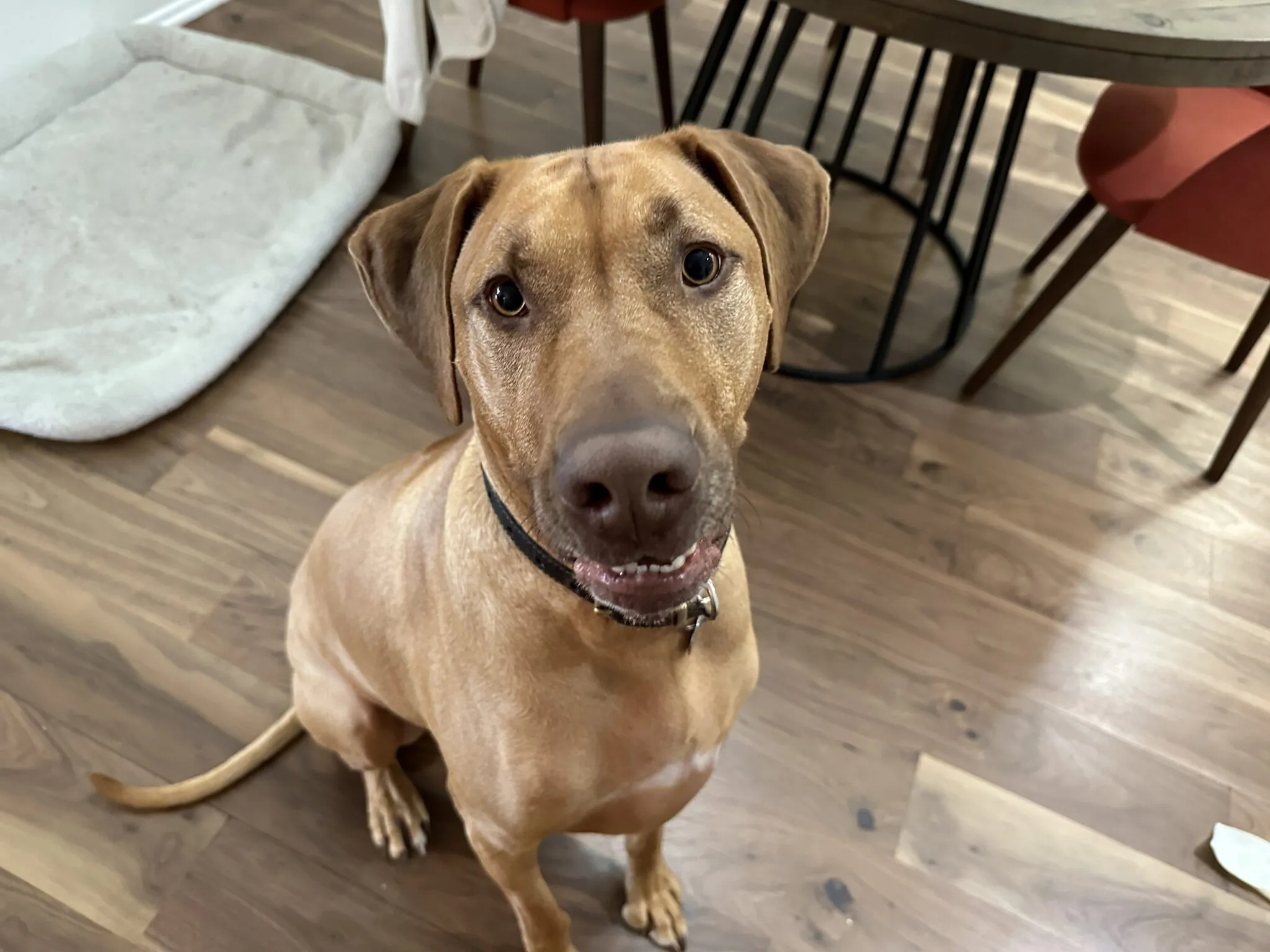A common challenge many dog owners face is managing a dog that barks excessively at other dogs during walks or in public. This behavior can be frustrating, embarrassing, and even stressful for both you and your canine companion. Understanding the underlying reasons behind this reactive barking is the first crucial step to finding effective solutions. By employing positive reinforcement and consistent training methods, you can teach your dog to calmly observe other dogs, transforming stressful encounters into pleasant experiences. Focusing on proper dog behavior is key to a harmonious relationship, and learning how to train your dog to stay with you can be a foundational step for better impulse control.
Understanding Why Your Dog Barks at Other Dogs
To effectively address barking, it’s essential to identify the root cause. Dogs bark for a variety of reasons, and often, when directed at other dogs, it stems from fear, anxiety, frustration, or even over-excitement. Many owners overlook their dog’s emotional state, but knowing “why” is vital for changing the behavior.
Consider Cooper, a Rhodesian Ridgeback, who exhibited barking behavior due to discomfort around other dogs. In his experience, barking often caused other dogs to move away, inadvertently reinforcing his belief that barking was an effective deterrent. This self-reinforcing cycle makes the behavior harder to break without intervention.
Effective Positive Training Methods to Curb Barking
Once you understand the reason, you can implement targeted positive dog training methods. The goal is to create positive associations and teach your dog alternative, calmer responses.
Building Positive Associations with Other Dogs
One of the most effective ways to stop reactive barking is to create a positive emotional response to the presence of other dogs. This involves managing the distance between your dog and the trigger (the other dog) so that your dog remains comfortable and below their barking threshold.
When you spot another dog, ensure you are far enough away that your dog notices the other dog but doesn’t react. At this comfortable distance, offer high-value treats and praise as your dog calmly looks at the other dog without barking. The key is to reward them for observing calmly, not for barking. Slowly decrease the distance over time, always ensuring your dog remains relaxed and responsive to treats. If your dog starts to get agitated, increase the distance again. This method focuses on positive reinforcement for desired behavior. Remember, patience is crucial in helping your dog learn how to get a dog to stop jumping up at people, as both behaviors require impulse control.
The Engage-Disengage Game
The engage-disengage game is a powerful tool for redirecting your dog’s attention from other dogs back to you. When your dog sees another dog (engage), mark the moment they look at it, then use a sound or cue to get their attention back to you (disengage). Reward them generously with a treat when they look at you. Repeat this process. Over time, your dog learns that looking at another dog can predict a reward from you, shifting their focus and reducing the urge to bark. This helps your dog build a positive connection with you in the presence of triggers, similar to the discipline required when teaching them how to prevent dog from jumping on people.
Counter-Conditioning Techniques
Counter-conditioning involves changing your dog’s emotional response to a trigger from negative (fear, anxiety) to positive. This technique involves repeatedly pairing the presence of the trigger (another dog) with something highly enjoyable for your dog, like tasty treats, but always at a distance where they are not reacting negatively. For example, every time another dog appears in their sight, you continuously feed your dog treats until the other dog is gone. This repeated pairing helps your dog associate other dogs with positive things, reducing their need to bark.
 A Rhodesian Ridgeback, Cooper, looking calmly at another dog in an outdoor setting
A Rhodesian Ridgeback, Cooper, looking calmly at another dog in an outdoor setting
Management Strategies for Immediate Relief
While training takes time, immediate management strategies are essential to prevent practicing undesirable behavior. If you see another dog and your dog is not yet ready to calmly interact or engage in a training game, practice avoidance. This means crossing the street, turning around, or taking a different path to increase distance and prevent a reactive outburst. Avoiding situations where your dog practices barking is just as important as active training. Good management helps maintain a calm environment, much like setting boundaries by teaching them how to teach a dog not to jump on furniture.
Conclusion: Consistency is Key to a Quieter Dog
Stopping your dog from barking at other dogs requires patience, consistency, and a commitment to positive reinforcement training. By understanding why your dog barks, implementing strategies like building positive associations, practicing the engage-disengage game, and using counter-conditioning, you can significantly reduce reactive barking. Remember to keep training sessions short, positive, and successful to build confidence. If you struggle, consider consulting a certified professional dog trainer or behaviorist to help guide you through the process, ensuring both you and your dog can enjoy peaceful walks and interactions.
